#tajik ssr
Text
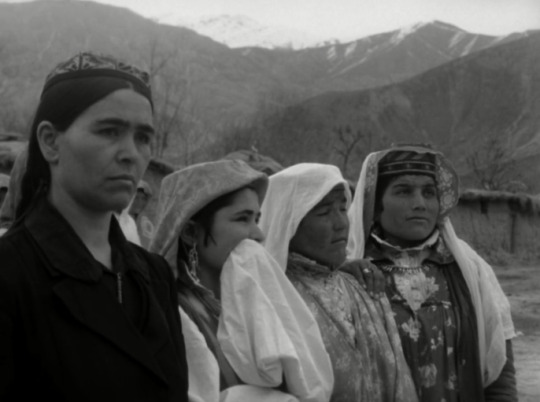
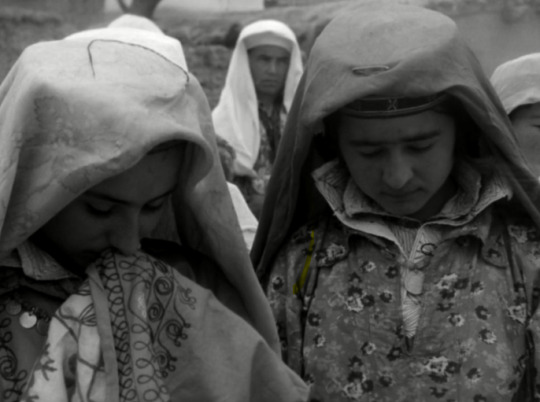
State Funeral (2019), dir. Sergei Loznitsa
13 notes
·
View notes
Photo
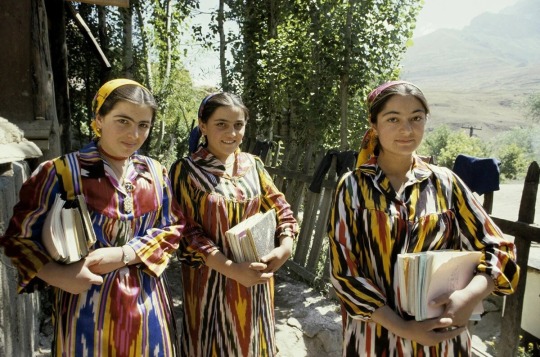
Girls in the kishlak (village) of Ziddi, Tajik SSR. Photo by Igor Mikhalyov (1987).
317 notes
·
View notes
Text

10 notes
·
View notes
Text
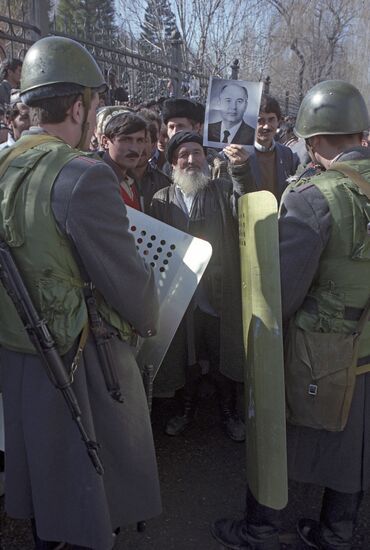
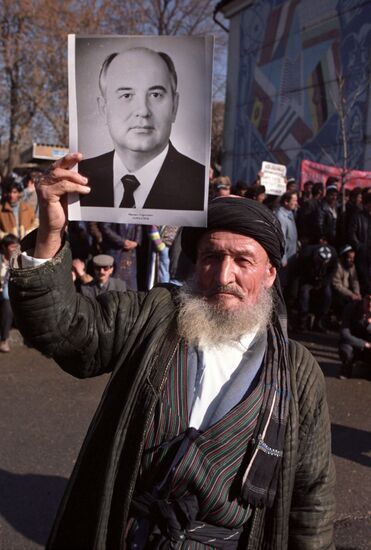

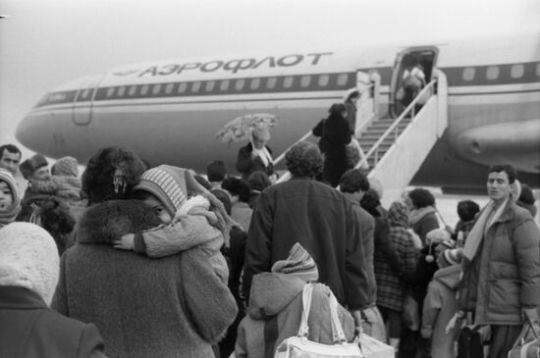
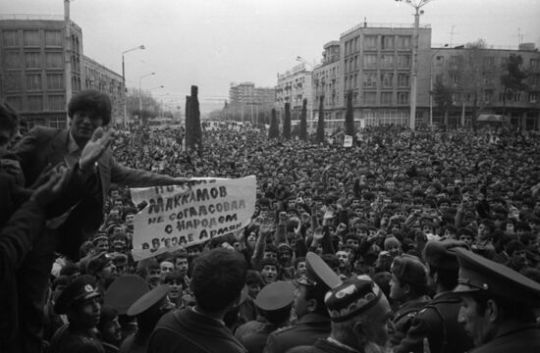
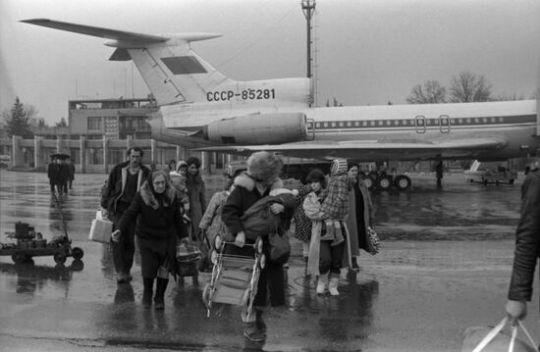

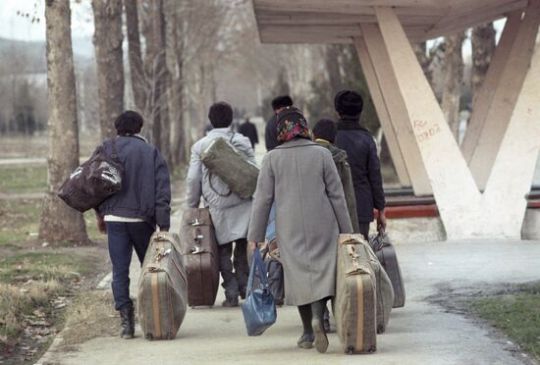
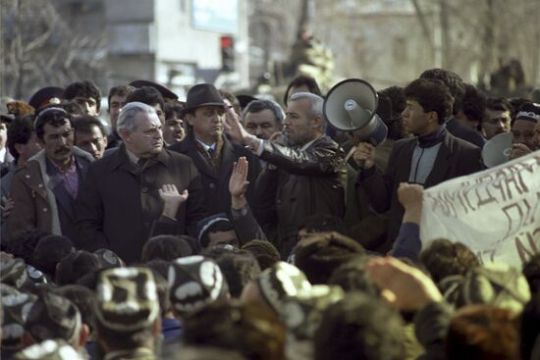

Mass riots in Dushanbe, Tajik SSR, which were accompanied by massive violence against the Armenian population, February 12-14, 1990.
Photos by Gennady Ratushenko and Vladimir Fedorenko.
#armenia#armenian#armenianblog#armenophobia#ussr#some of the photos show armenians being forced to leave the city#gorbachev tw
29 notes
·
View notes
Note
Since the dissolution of the USSR was mentioned is it not true that many SSRs preferred to retain the USSR? Wasn’t it Russian nationalism more than the periphery which caused the breakup (the Baltic states being notable for being obvious exceptions since they declared independence swiftly IIRC); could a democratic version of the USSR have survived?
It wasn't just Russian nationalism. Ethnic riots broke out in Dushanbe between nationalist Tajiks and ethnic Armenians who had fled to Tajikistan fleeing the Sumgait pogrom. SImilar outbreaks happened in Osh between Kyrgyz nationalists and Uzbeks around the same time. Low-level ethnic riots had frequently been seen in a variety of the SSR's, often in response to the appointment of ethnic Russian officials such as Gennady Kolbun, whose 1986 appointment as Kazakh general secretary rankled the populace there.
Much of the SSR's did vote in favor of the referendum, which asked the question: "do you consider it necessary to preserve the USSR as a renewed federation of equal sovereign republics, which will be fully ensured of human rights and freedoms of any nationality?" The reasons they voted yes vary wildly, including long-term patriotic education, fear of renewed ethnic conflict if the Soviet Union would disintegrate, bureaucratic inertia, dependence on imports from other regions of the Soviet Union for raw materials or finished goods that couldn't or weren't produced domestically, apprehension that such a large shift would create upheaval, and sincere belief that the Soviet Union could live up to that promise of a federation of equal sovereign republics. Many of the population of the SSR's sincerely believed in the promise and premise of the Soviet Union, Soviet communism, and international proletariatism, and believe that a decentralized version of the Soviet Union could have emerged, if we take their speeches and statements as genuine.
The August Coup changed that. When Communist hardliners seized Gorbachev, many lost faith in the Soviet ability to establish what they promised. The people took to the streets to defend the Russian Duma's White House, including Yeltsin. Ukraine, a country that had voted 71.5% on the referendum just four months prior, overwhelming passed a declaration of independence. Many of the other SSR's were supportive of their own declarations of independence in 4Q 1991. By September, Gorbachev barely had any power to influence events outside of Moscow.
Chris Miller, in his book The Struggle to Save the Soviet Economy, argues that Gorbachev could have saved the Soviet Union had he not been betrayed by the CPSU. Plenty of theorists argue that Gorbachev would have attempted to reform the Soviet Union into a decentralized multi-party democratic federative republic following a social market economy, and that could have very well preserved the Soviet Union, but the republics needed to have faith in the Union that was irreparably shattered by the August Coup. I'm less sanguine, I think the Soviet economic system couldn't have delivered a tangible increase in standard of living before the people would have lost faith in a different way. Standards of living in the Soviet Union were always lower than they were in Eastern Europe, and I think the rapid growth of the Baltic States would have caused the disintegration of the Soviet Union regardless.
Thanks for the question, Cle-Guy.
SomethingLikeALawyer, Hand of the King
13 notes
·
View notes
Photo

theres lore abt these mfs that’s sooooo stupid deep.
Chiyonshoh ran away from mann co (after breaking up with Zhangir) and went back to Tajik SSR, took scout with him both because they’re best bros and to scare the shit out of the other spy (scout’s dad) on purpose. Jeremy has a short lived underground boxing career as “dar gushot megom”, which he thinks means muscular but is closer to “ear fucker” because he talks so much.
12 notes
·
View notes
Text
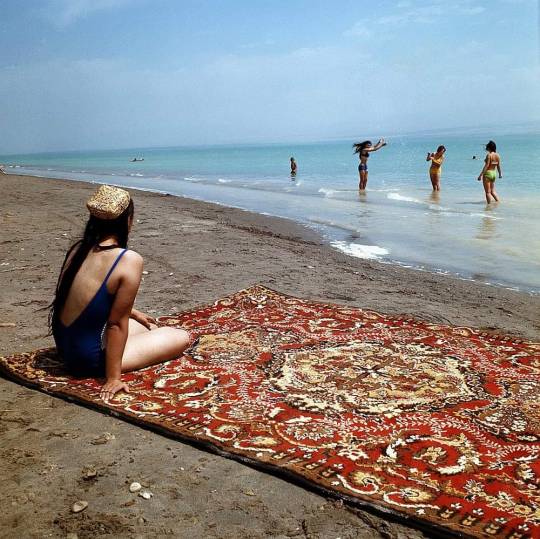
At the Kayrakkum Reservoir, Tajik SSR, 1975 (photo by D. Simchenko)
1 note
·
View note
Text
”Socialist Modernism in Central Asia”, the twelfth photo album/digital guide of @_BA_CU ‘s planned series, will be available in 800 copies after the 15 January.
Those who are interested in #SocialistModernism are able to order the book on 👉@UrbanicaGroup @ushopamazon distributor page, (Link in our profile☝️) ; link: https://urbanicagroup.ro/ushop/publications/album/socialist-modernism-in-central-asia-kazakhstan-kyrgyzstan-tajikistan-uzbekistan-and-turkmenistan/
or AMAZON US - https://www.amazon.com/dp/6069565231?ref=myi_title_dp
AMAZON Germany - https://www.amazon.de/dp/6069565231?ref=myi_title_dp
#SocialistModernism #_BA_CU #brutgroup #socmod #socheritage #socialistarchitecture
The photo album includes landmarks of socialist modernist architecture in Central Asia (Kazakhstan, Kyrgyzstan, Tajikistan, Uzbekistan and Turkmenistan) – from the 1955-1991.
Print run 800
Pages 194 +1 Spread/MAP
Designed and published by @_BA_CU Association
7
State Circus,
Bishkek, Kyrgyzstan,
1976
Architect: L. Segal et al.
2
Main Computing Centerr of Tajik SSR Ministry of Automobile Transport, (now: Lomonosov Moscow State University - Dushanbe filial),
Dushanbe, Tajikistan,
late 80-s
Architect: Yu. Nalgiyev, A. Avanesov
3
Bus Terminal,
Nurek, Tajikistan.
late 70s.
1
5.
The Tadjikistan Cinema.
in Dushanbe. Tadjikistan Large murals on the facades of two blocks of flats in Tashkent. Uzbekistan (80s)
(c) BACU.
1970s
Type design adapted by architect A.Makukha.
6
Large mosaic panel depicting the Cosmos theme (Astronomy, Avicenna, etc) Dushanbe, Tajikistan. (80s)
Artists Ilja Rahnaev, Aleksandr Grigorov and Ilja Iljaev.
4
The Aul Residential Complex,
Tole Bi 286/1, Almaty, Kazakhstan
Built in stages between 1986-2002
Architects: B. Voronin, L. Andreyeva
8
The tower of astronomical observatory of the former Palace of Pioneers (now Republican schoolchildrens Palace),
Kazakhstan, Almaty,
1983,
Architect: V. N. Kim, A. P. Zuev, T. S. Abildaev.
9
M. Frunze Memorial Museum,
Bishkek, Kyrgyzstan,1967,
Architect: Gennady Kutateladze, Yury Karikh.
Artist: A. Voronin A. Kamensky.
(c) BACU

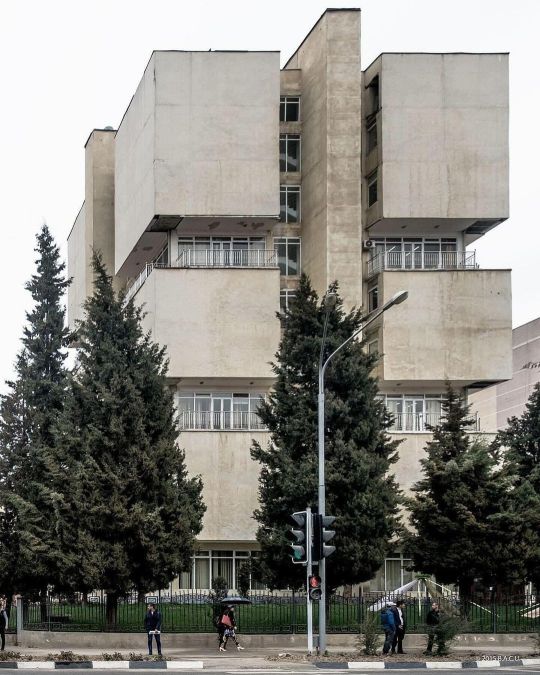
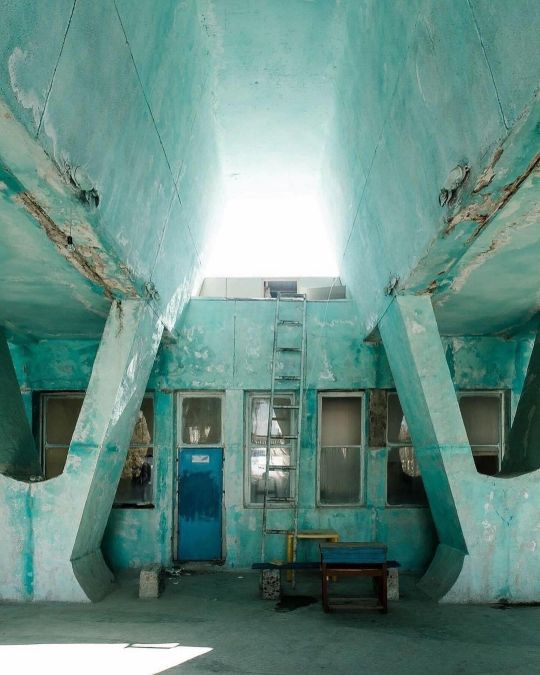
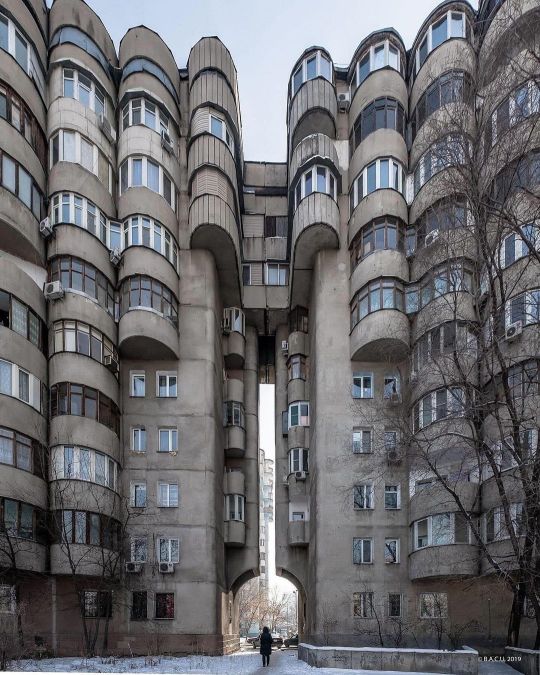



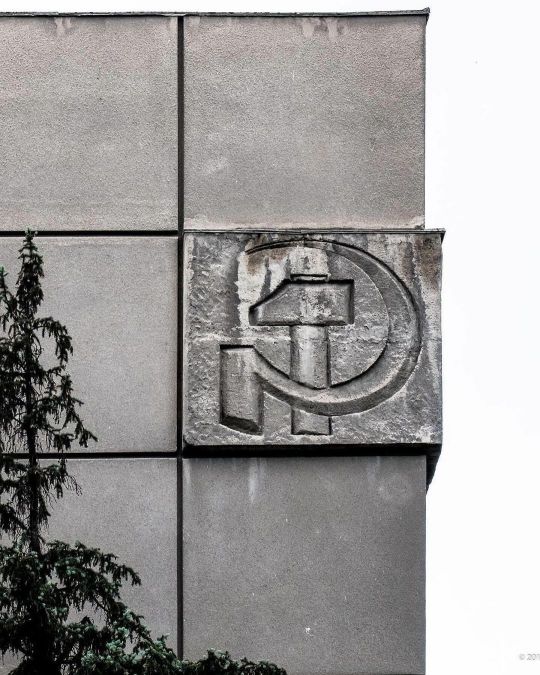

0 notes
Text
Matryoshka 3.9 - The Signal

Mels and Emiliano go to the Tajik SSR to investigate a plane that was brought down under very bizarre circumstances.
0 notes
Photo
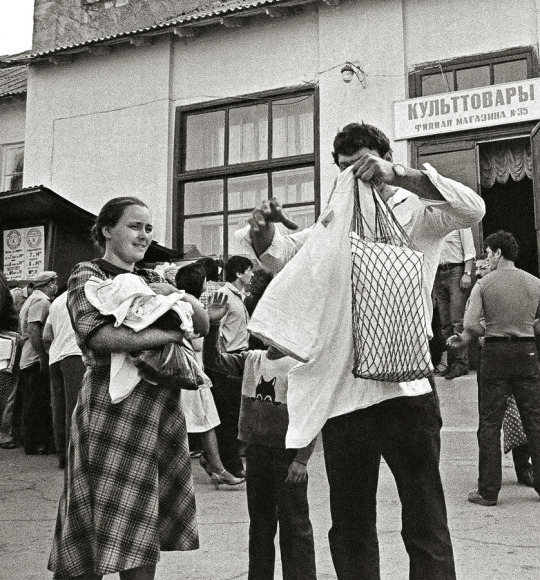

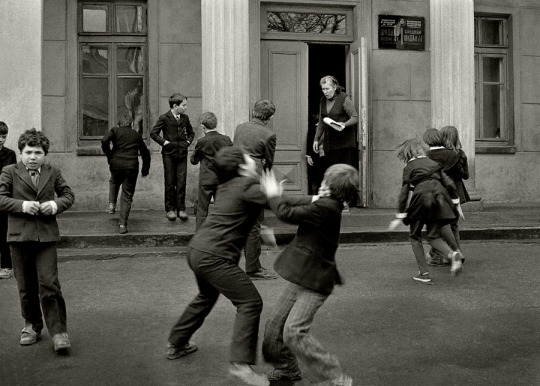
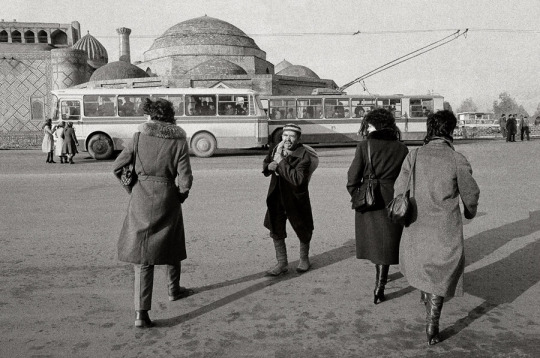




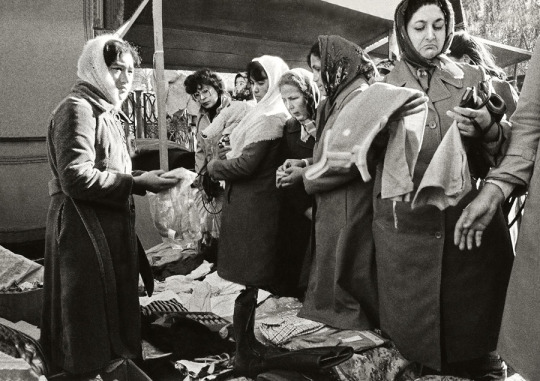
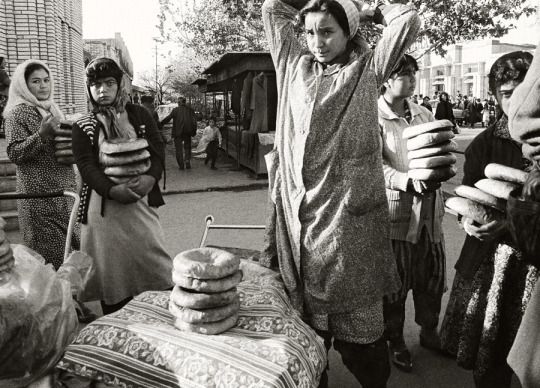
Snapshots of the USSR by Mikhail Blonshtein
119 notes
·
View notes
Photo
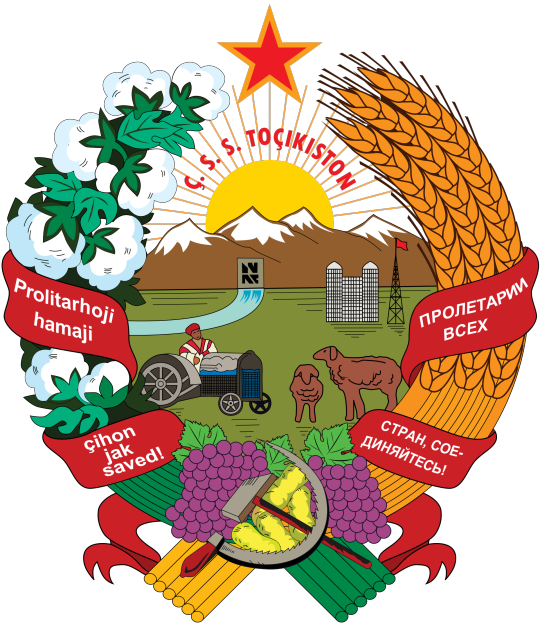
Coat of arms of the Tajik SSR (1936–1937)
33 notes
·
View notes
Photo
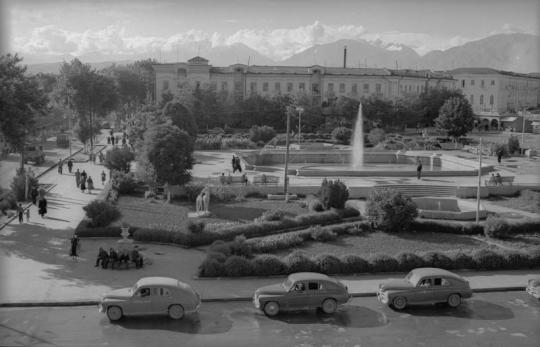
800 Years of Moscow Square in Stalinabad (Dushanbe), the capital of Tajik SSR. Photo by Boris Kudoyarov (1959).
99 notes
·
View notes
Photo

1957 ☭ – Kindergarten in the Pamirs (Tajik SSR).
54 notes
·
View notes
Text
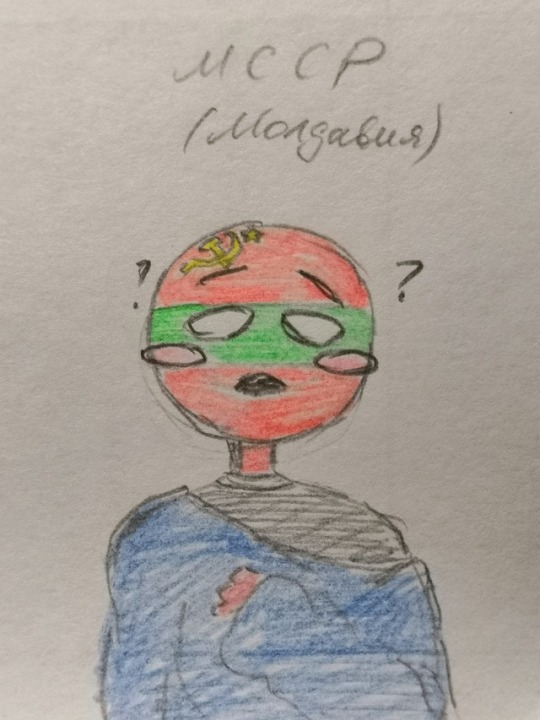
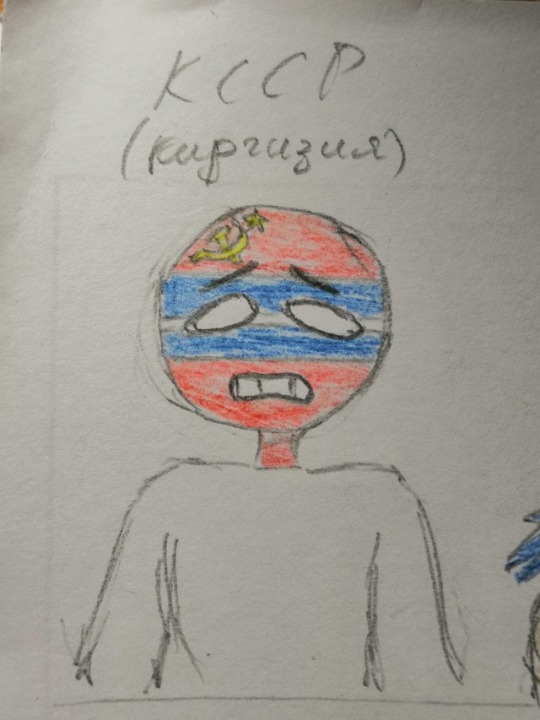
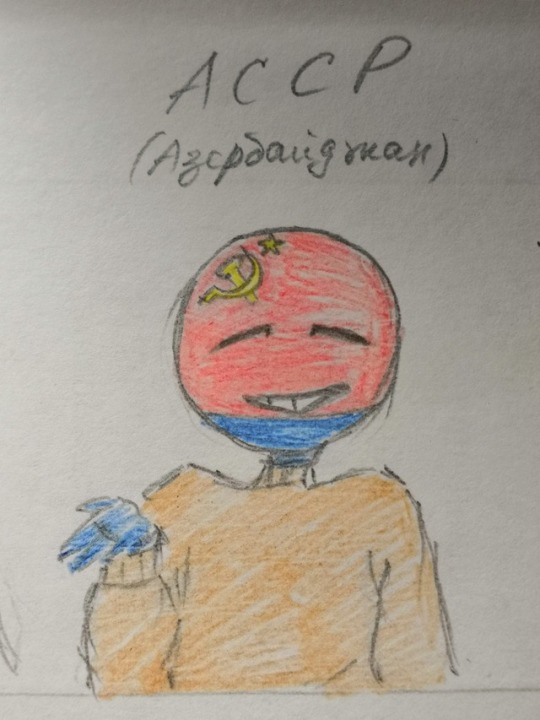
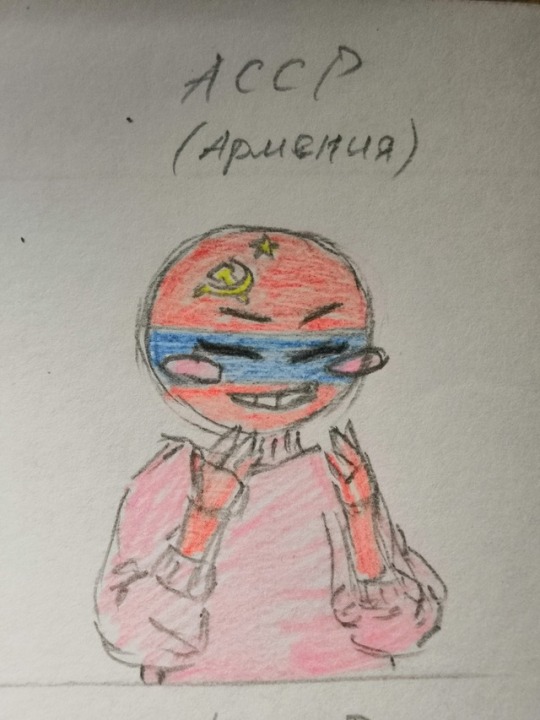
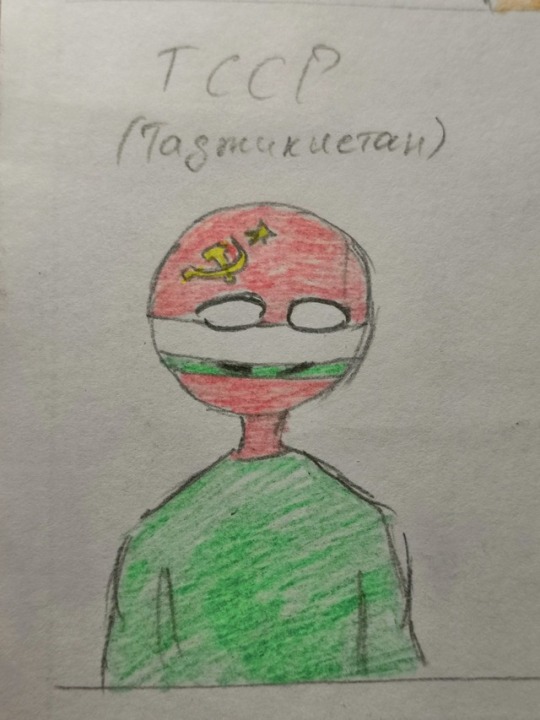
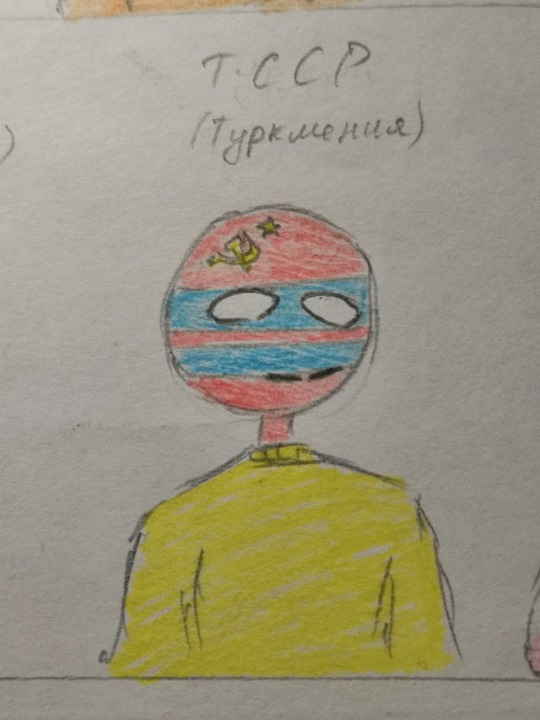

#countryhumans#moldavian ssr#kirghiz ssr#azerbaijan ssr#armenian ssr#tajik ssr#turkmen ssr#uzbek ssr
18 notes
·
View notes
Photo
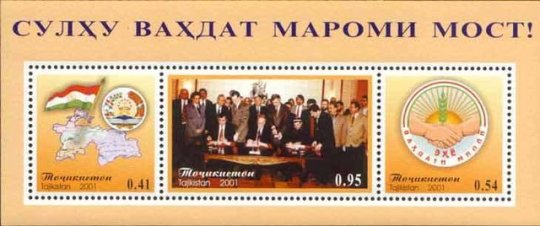
Happy Independence Day, Tajikistan! On this date in 1991, the Tajik Soviet Socialist Republic adopted a Resolution and Declaration “On State Independence of the Republic of Tajikistan.”
Stamp details:
Issued on: September 7, 2001
From: Dushanbe, Tajikistan
MC #BL23
#Tajik Soviet Socialist Republic#Таджикская Советская Социалистическая Республика#Tajik SSR#Soviet Tajikistan#Тоҷикистон#Tajikistan#stamps#philately#september 9
6 notes
·
View notes
Text
there are at least two potential backstories of chiyonshoh (the tajik (ssr) spy), in terms of how he came to be an “accidental murderer”
the older idea goes like this: he was involved in gang activity as a young man, and planted some seriously compromising shit in a snitch’s home so that he’d stop being seen as a trusted witness. except, after the cops find out, the snitch is killed by them. oops!
the newer idea is that he lied/cheated his way into a job as a kind of safety inspector, and after taking a bribe and not inspecting a worksite, there was a horrific accident that killed one person. chiyonshoh becomes obsessed with the idea that someone will eventually find out “it’s all his fault / he ‘killed’ him” so he has a panic attack and goes on the run, while in reality the cops even don’t know he exists, because there was no record of who ‘inspected’ that particular worksite.
the newer backstory fits more.
3 notes
·
View notes